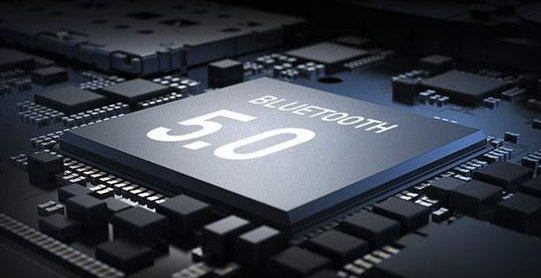Home automation is all the rage these days. There are many different wireless protocols out there, but the ones that most people have heard of are WiFi and Bluetooth because these are used in devices that lots of us have, mobile phones and computers. But there is a third alternative called ZigBee that is designed for control and instrumentation. The one thing that all three have in common is that they operate at about the same frequency — on or about 2.4 GHz. The similarities end there. So what are the difference?
WIFI
WiFi is a direct replacement for a wired Ethernet cable and is used in the same situations to avoid running wires everywhere. The great benefit of WiFi is that you’ll be able to control and monitor your home’s array of smart devices from anywhere in the world via smartphone, tablet, or laptop. And, because of Wi-Fi’s ubiquity, there is a wide range of smart devices that adhere to this standard. It means that a PC doesn’t have to be left on to access a device using WiFi. Remote access products like IP cameras use WiFi so they can be connected to a router and accessed across the Internet. WiFi is useful but not simple to implement unless you just want to connect a new device to your existing network.
A downside is that Wi-Fi-controlled smart devices tend to be more expensive than those that operate under ZigBee. Compared to the other options, Wi-Fi is relatively power-hungry, so that will be a problem if you are controlling a battery-run smart device, but no issue at all if the smart device is plugged into house current.
BLUTOOTH
BLE (bluetooth) low power consumption is equivalent to the middle of the WiFi with Zigbee, both have Zigbee low power (power consumption are lower than those of WiFi), the characteristics of fast response, and has the advantage of easily use WiFi (without gateway can be connected mobile networks), especially on mobile phone use, now also like WiFi, bluetooth protocol become the standard protocol in the smart phone.
It is generally used for point to point communication, although Bluetooth networks can be established quite easily. Typical applications we are all familiar with allow data transfer from mobile phones to PCs. Bluetooth wireless is the best solution for these point to point links, as it has high data transfer rates and, with the right antenna, very long ranges of up to 1KM in ideal circumstances. The great advantage here is economy, as no separate routers or networks are needed.
One disadvantage is that the Bluetooth, at its heart, is designed for close-distance communication, so you can only affect control of the smart device from a relatively close range. Another is that, even though Bluetooth has been around for over 20 years, it is a new entrant into the smart home arena, and as yet, not many manufacturers have flocked to the standard.
ZIGBEE
What about ZigBee wireless? This is a wireless protocol that also operates in the 2.4GHz band, like WiFi and Bluetooth, but it operates at much lower data rates. The main advantages of ZigBee wireless are
- Low power consumption
- Very robust network
- Up to 65,645 nodes
- Very easy to add or remove nodes from the network
Zigbee as short distance wireless communication protocol, low power consumption, the biggest advantage is can automatically form a network equipment, data transmission of the various equipment directly linked, but need a center in the AD hoc network node to manage the Zigbee network, which means in Zigbee devices in the network must have a similar to “router” components, connect the device together, realize the linkage effect of Zigbee devices.
This additional “router” component is what we call a gateway.
In addition to advantages, ZigBee also has many disadvantages. For users, there is still a ZigBee installation threshold, because most ZigBee devices do not have their own gateway, so a single ZigBee device is basically unable to be directly controlled by our mobile phone, and a gateway is needed as the connection hub between the device and the mobile phone.
How to purchase a smart home device under the agreement?
In general, the principles of smart device selection protocol are as follows:
1) For devices plugged in, use WIFI protocol;
2) If you need to interact with the mobile phone, use BLE protocol;
3) ZigBee is used for sensors.
However, due to a variety of reasons, different agreements of equipment are sold at the same time when the manufacturer is updating the equipment, so we must pay attention to the following points when purchasing smart home equipment:
1. When purchasing a “ZigBee” device, make sure you have a ZigBee gateway at home, otherwise most single ZigBee devices cannot be controlled directly from your mobile phone.
2. WiFi/BLE devices, most of the WiFi/BLE devices can be directly connected to the mobile phone network without a gateway, without the ZigBee version of the device, must have a gateway to connect to the mobile phone.WiFi and BLE devices are optional.
3. BLE devices are generally used to interact with mobile phones at close range, and the signal is not good behind the wall. Therefore, it is not recommended to purchase “only” BLE protocol for devices requiring remote control.
4. If the home router is just an ordinary home router, it is not recommended that smart home devices adopt WIFI protocol in large quantities, because it is likely that the device will always be offline.(Due to the limited access nodes of ordinary routers, accessing too many WIFI devices will affect the normal connection of WIFI.)
Post time: Jan-19-2021




